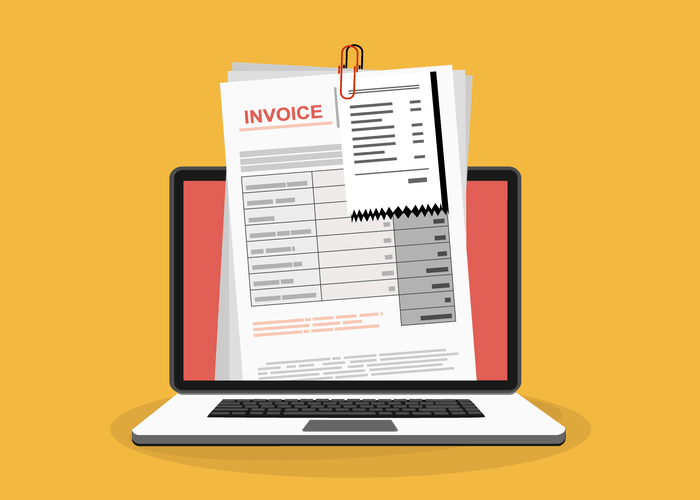1xbet País Brasileiro Review Do Web Site Em 2024 At The Até R$1200 De Bônu
17 February 2023Mostbet India App Guide: How To Download, Install And Sign Up</tg
17 February 2023
We offer dynamic checkboxes on our pricing page to help you estimate costs based on the services you require. This ensures transparency and allows you to choose the best options for your budget. Partnering with seasoned financial professionals ensures that your company navigates the intricacies of construction work-in-progress accounting with precision and proficiency. If your company is planning an expansion or large-scale construction job or just needs help with construction accounting, you need an experienced CFO team on your side to keep a detailed account of your finances. Our knowledgeable team has decades of experience managing construction company accounts, and you can feel confident that we will navigate your company’s specific situation with care and expertise.

Construction Accounting Software Solutions for CIP Tracking
- Construction in progress is shown as a long-term asset on the balance sheet under the property, plant, and equipment section.
- This enables depreciation to begin, distributing the asset’s cost over its useful life.
- The income statement is also impacted by CIP, particularly through the timing of expense recognition.
- By aligning methods to these influencing factors, construction accounting stays attuned to ground realities for financial excellence.
- • Illiquid assets, on the other hand, are ones that can’t easily be sold for cash.
Accounting in the construction industry differs from most other industries. With construction companies quickly evolving, there are more categories and accounts to consider, creating unique challenges for this industry. Among them, learning how to record construction in progress accounting stands out. Construction work-in-progress accounting refers to the record-keeping of all expenditures that accrue in constructing a non-current asset. An accountant will report spending related to the construction-in-progress account in the “property, balance sheet plant, and equipment” asset section of the company’s balance sheet. However, it impacts the income statement by deferring recognition of expenses.

Understanding Construction in Progress Accounting

• Checking and savings accounts are considered assets as they represent accessible money that is part of personal wealth. Accounting for construction in progress when it is for an asset to be sold is slightly more complicated. This is a method that attempts to match revenues to the expenses required to generate them.
Checking and Savings Accounts on a Balance Sheet
Construction in progress accounting involves keeping a detailed record of all expenses incurred while constructing a long-term asset. These expenses are reported under the “property, plant, and equipment” section of the balance sheet. Assets under construction are those not yet ready for use, potentially among the largest fixed assets a company holds.
What is the accounting entry for construction in progress?
- In this article, we will provide an overview of the basics of construction in progress accounting and its importance in effective construction financial management.
- • For example, if you had $20,000 in your emergency fund but have to withdraw $10,000 for major dental work, that asset has decreased.
- POC Basis – Invoices are raised progressively as per contract clauses with revenue realization based on cost tables, physical completion, etc.
- As a result, the construction-work-in-progress account is an asset account that does not depreciate.
- Therefore, the construction in progress is a non-current asset account that keeps a record of all the costs incurred until completion.
- With various teams working on different projects, ensuring that everyone is on the same page can be challenging.
Complex accounting standards and project uncertainties mandate tailored controls for compliance and risk mitigation as covered next. Getting these cost allocation principles right thus sets up robust foundations for accurate financial picture depictions. Given huge material expenses in contracting, significant savings accrue from contractor-friendly procurement frameworks with trusted vendors and reasonable contingencies for unanticipated purchases. As these solutions gain maturity, they are likely to be game changers in elevating CIP accounting and financial control.
Construction in progress accounting is one of the essential categories for construction firms to track. In this entry cip accounting we will discuss what construction in progress accounting is, how to properly record it, and provide an example of what it may look like in your books. As construction projects grow in complexity, specialized CIP accounting technology and staff training help firms optimize financial oversight. Getting CIP accounting right is a continuous process of assessing gaps, implementing improvements, and maturing standards across construction projects.
Its accounts and assets will be transferred to SBI VC Trade.
- For instance, if a project is 60% complete, 60% of the total contract revenue can be recognized.
- In this blog, we will discuss the instances when construction in progress is used by the business.
- Besides business dealing in building huge fixed assets, also use construction in progress accounting.
- These platforms allow for real-time tracking of expenses, revenue recognition, and financial reporting, thereby enabling better decision-making and financial control.
- If the financial statements have ‘construction in progress or process’ under the head of PP&E, it is a ‘build to use’ asset.
- An accountancy term, construction in progress (CIP) asset or capital work in progress entry records the cost of construction work, which is not yet completed (typically, applied to capital budget items).
- It involves capturing all expenditures related to materials, labor, equipment, contractors, and other elements required for constructing the asset.
CIP accounts are crucial in construction accounting because they keep track of all the money spent on a project until final delivery. Companies can monitor spending and budgets using CIP accounts and adequately report their financial health. Using these accounts allows companies to separate project costs from everyday business expenses, minimizing mixups and making financial statements accurate and reliable. Construction-in-process accounting involves capturing and accumulating all costs related to building or developing fixed assets during the construction period.
It would be unrealistic for the business to record no revenue for the years they are working on the ship and then record a few million dollars in the year the ship is finished. Instead, they recognize revenue and expense by allocating it to accounting periods over the life of the project, based on how much of the project is finished. Revenues and gross profit are recognized each period based on the construction progress, in other words, the percentage of completion.
Methods for Tracking CIP Costs
In cost to cost method, all the cost incurred to the date is divided by the project’s total expected cost. A construction contract is a specific contract negotiated to build a fixed asset or group of interrelated assets. Detailed documentation—receipts, invoices, records—is crucial Bookkeeping for Chiropractors for accuracy and audit readiness. This ensures the project’s financial history is fully captured, simplifying auditing and compliance. “We sincerely apologize for the inconvenience caused over such a long period of time,” it said. Identifying and addressing risk tolerance are crucial components of strategic asset allocation.
